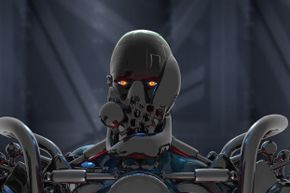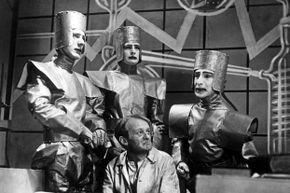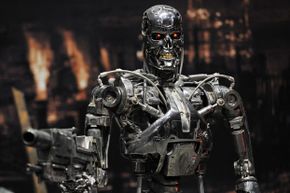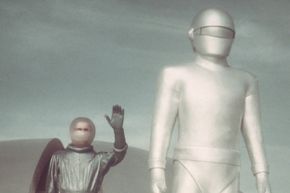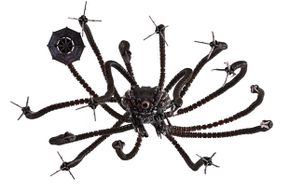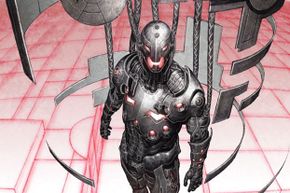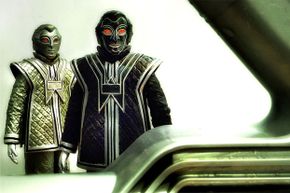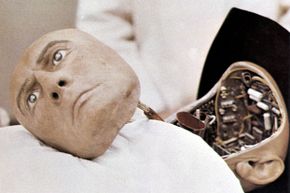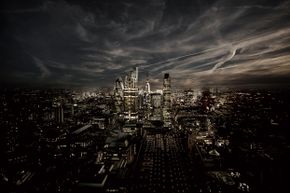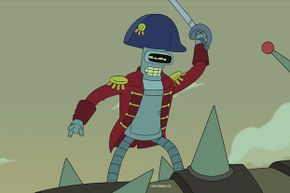Key Takeaways
- Throughout pop culture, there are plenty of examples of scientists creating robots to help humanity. Instead, they become menacing adversaries, showcasing the potential dangers of advanced robotics and artificial intelligence.
- This list includes robots from various media, including the robots in Karel Čapek’s play “Rossum's Universal Robots,” Skynet from the “Terminator” series, and Gort from “The Day the Earth Stood Still.” Each has unique origins and abilities leading to humanity's peril.
- The narrative serves as a reminder of the ethical and safety considerations necessary in the development of robotics and AI, echoing Isaac Asimov's Three Laws of Robotics as a foundational principle for preventing such dystopian outcomes.
In science fiction, robots can be friendly, helpful machines -- C-3P0 from the "Star Wars" movie series or the watchful B-9 from the 1960s TV series "Lost in Space," who scurried about on his tank-track feet waving his arms and shouting, "Danger, Will Robinson! Danger!" immediately come to mind.
But lest we humans become too complacent about the anthropomorphic super-powered mechanical servants that we fantasize about someday creating, it's important to remember the old saying that we should be careful what we wish for. The robots we envision as our tireless, loyal friends easily could morph into frighteningly formidable adversaries. And it wouldn't take much to flip the balance.
Advertisement
The great sci-fi author Isaac Asimov was among the first to recognize this unsettling risk. In his 1942 short story "Runaround," later republished in the 1950 collection "I, Robot," Asimov set forth what he called the Three Laws of Robotics, which were designed to protect us from our synthetic progeny. First: A robot may not injure a human being, or allow one to come to harm through inaction. Second: A robot must obey human orders, as long as they don't contradict the first law. Third: A robot must protect itself, but only to the extent that it doesn't conflict with the first and second laws [source: Asimov].
But in many instances in our fantasy future, those rules are honored mostly in the breach. Here are 10 examples of fictional robots that have murder in their artificial hearts.
